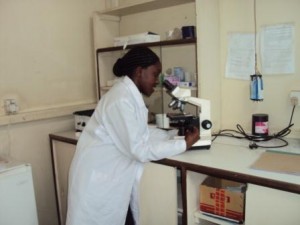Located just southeast of Mexico, Guatemala is the most populous country in Central America. Its spectacular mountains boast a wealth of natural resources and stunning biodiversity. For centuries, this land served as the core territory of the renowned Mayan civilization. Following two centuries of Spanish colonization, Guatemala gained its independence in the early nineteenth century — only to endure another 150 years of political instability and civil unrest. Additionally, this area is prone to devastating natural disasters, such as earthquakes, volcanic eruptions, and hurricanes, which cause mudslides and flooding.
Thanks to these programs, which are supported by Children Incorporated donors, many students will have the skills they need to obtain employment after they graduate so they can help support their families right out of high school, and eventually become financially independent.
Despite recent economic growth and successful democratic elections, Guatemala still struggles with widespread poverty, illiteracy, crime, and high rates of unemployment and underemployment. Villa Nueva, located just southwest of Guatemala City, is the largest city in the country and is no exception to these maladies. Located in a low-income neighborhood, the Juan Apostol School provides for children not only through its excellent academic program, but also through its exceptional skills training programs. Founded in 1964, the school strives to give students many different opportunities to rise above the difficult socioeconomic circumstances into which they were born, which gives them the chance to have a brighter future.
Many different options for learning
On a recent trip to Guatemala, our Director of International Programs, Luis Bourdet, visited the Juan Apostol School to see how the skills training programs were helping to prepare students for future employment. The school is a private one with over 1,000 students in two buildings — one for primary education, and the second for secondary education and skills training programs.
The school provides an education to children of low-income families in Villa Nueva, located just southwest of Guatemala City. The school serves as a safe haven for kids growing up in poor communities, especially since the city is riddled with many gangs and much criminal activity.
Luis found that the skills training programs were even more impressive than he remembered from his last visit to the school a few years ago. Thanks to these programs, which are supported by Children Incorporated donors, many students will have the skills they need to obtain employment after they graduate so that they can help support their families right out of high school, and eventually become financially independent. Every student in the school attends computer training classes, and they have the option to participate in the graphic design or computer repair and maintenance programs, or a robotics lab.
Luis also visited the cosmetology program for high school students, where students learn various cosmetic techniques such as giving manicures, doing makeup, cutting hair, and styling hair, and they learn about fashion. Lastly, at the end of his visit, Luis was able to watch as students prepared food in the school’s culinary program, during which they learn not only to cook, but also about visual presentation and the use of spices so that when they graduate from high school, they will be ready for employment at high-end tourist restaurants.
***
HOW DO I SPONSOR A CHILD IN GUATEMALA?
You can sponsor a child in Guatemala in one of three ways: call our office at 1-800-538-5381 and speak with one of our staff members, email us at sponsorship@children-inc.org, or go online to our sponsor portal and search for a child in Guatemala who is available for sponsorship.


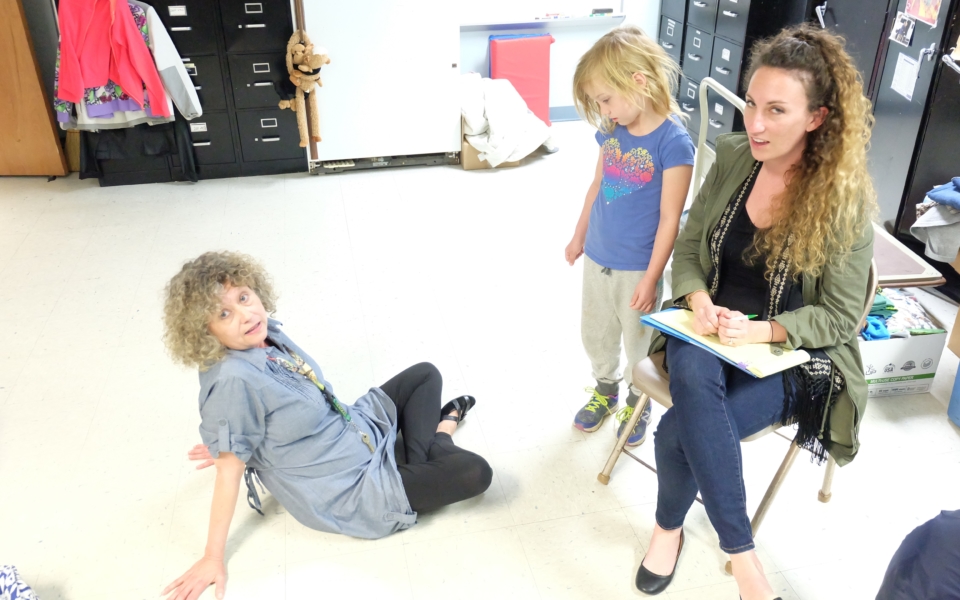
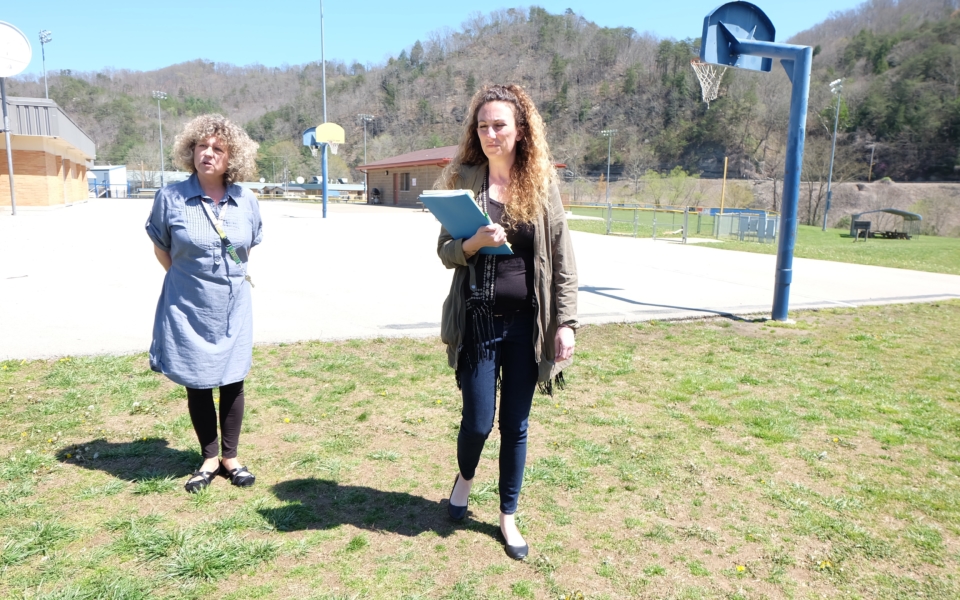
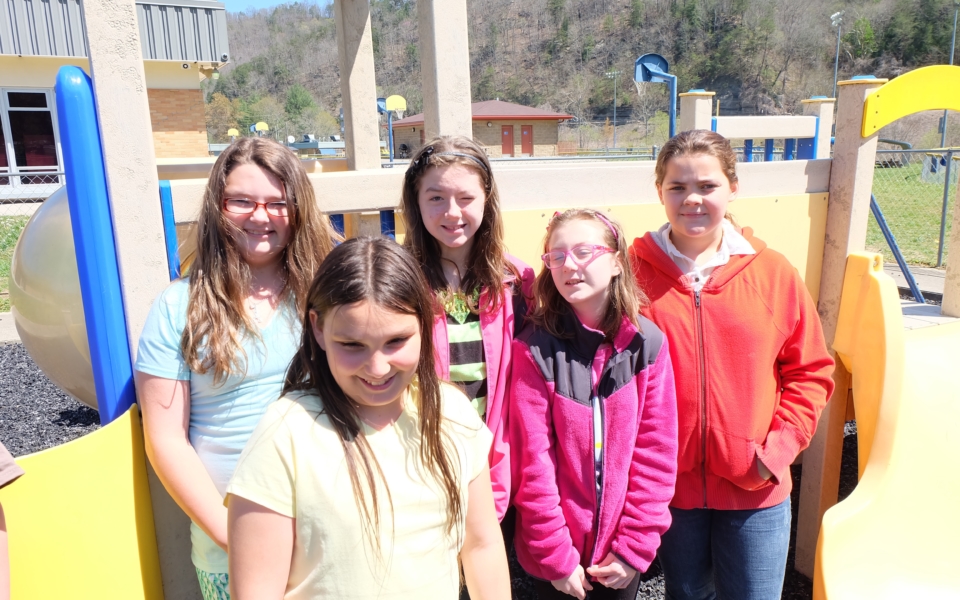
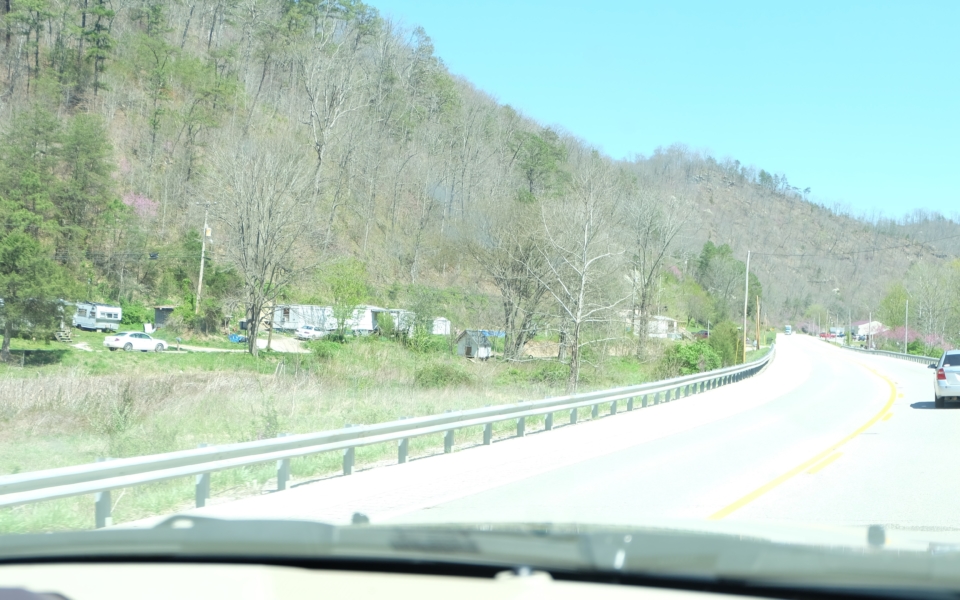
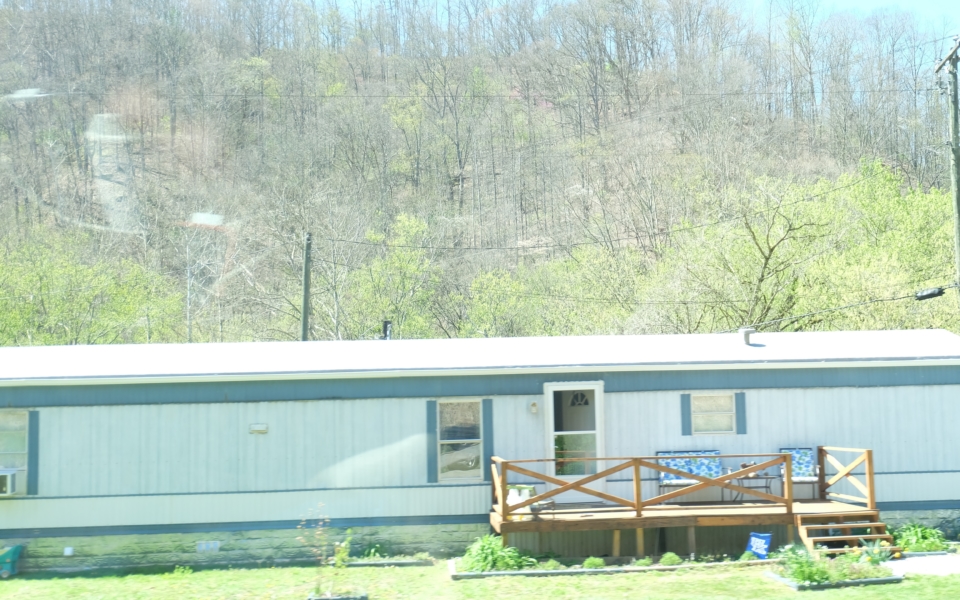
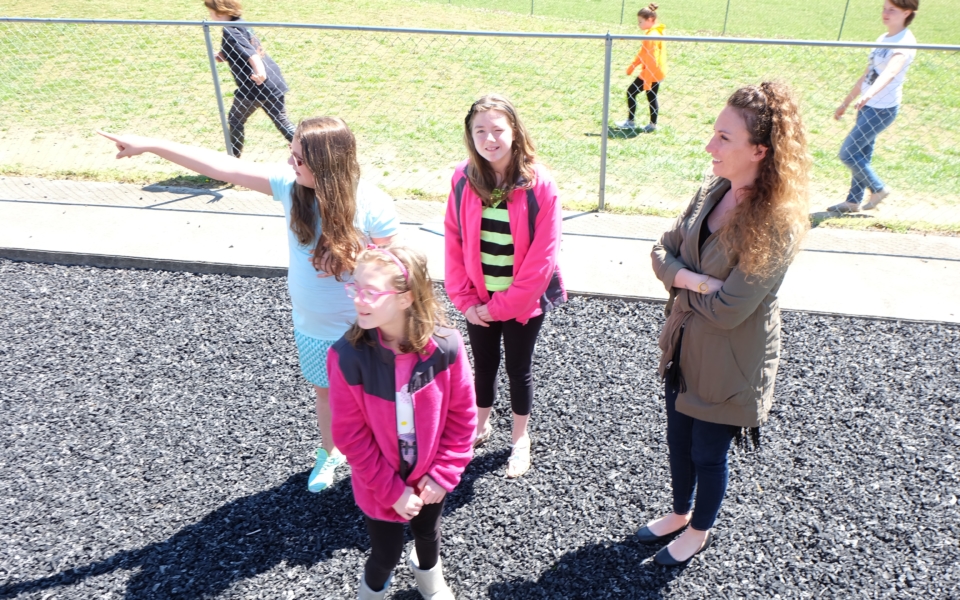
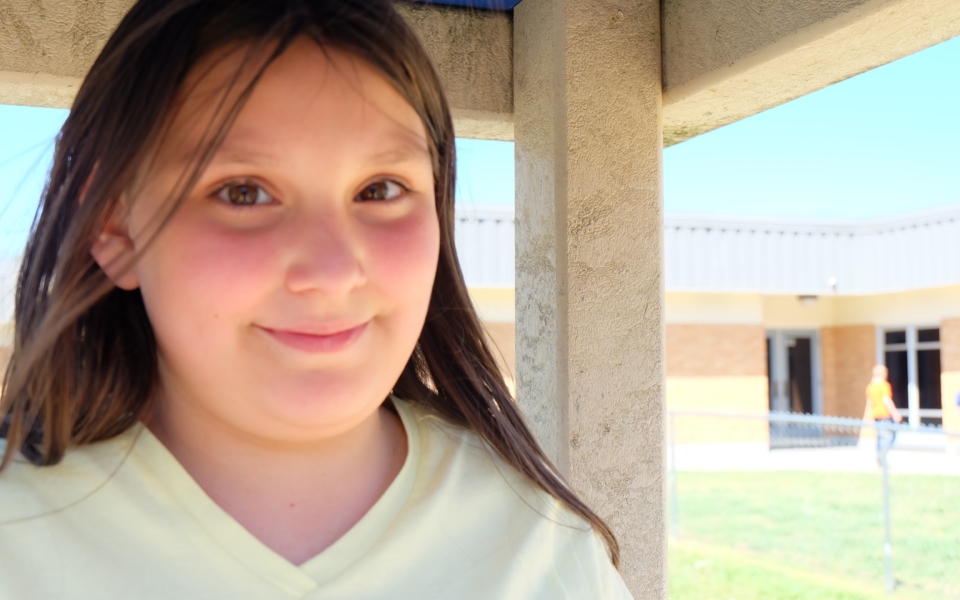

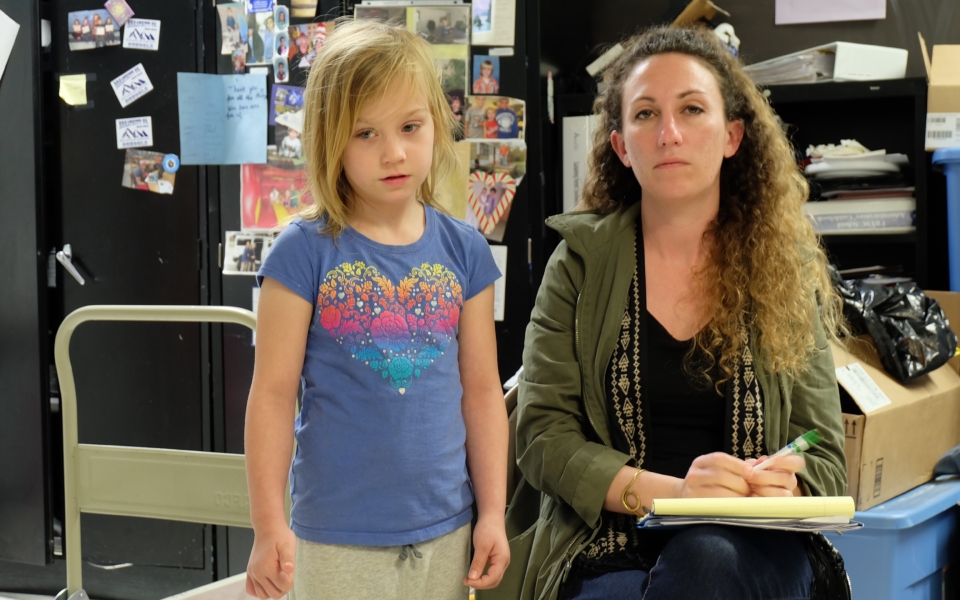
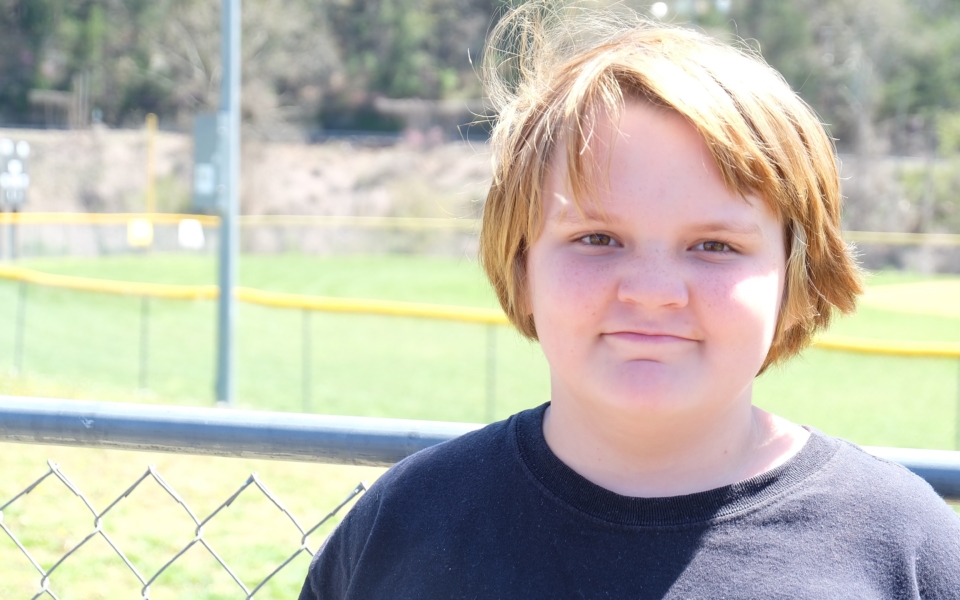


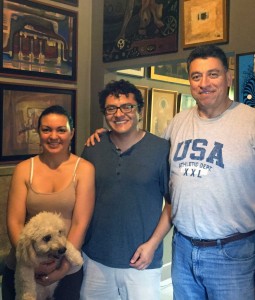
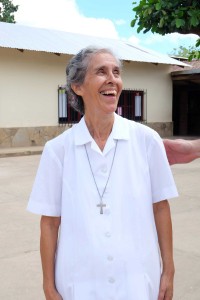
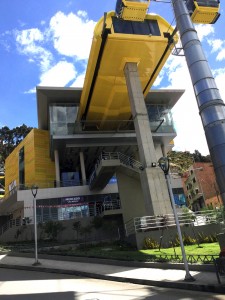 Not every place is accessible by bridge though, and automobile traffic is congested and slow. Many residents still walk because they can’t afford a car or to avoid congestion. The city introduced a cable car system in 2014 to address their needs. This system, Mi Teleférico, connects La Paz with its poorer neighbor, El Alto, the highest major city in the world, built another 1,500 feet up the mountains.
Not every place is accessible by bridge though, and automobile traffic is congested and slow. Many residents still walk because they can’t afford a car or to avoid congestion. The city introduced a cable car system in 2014 to address their needs. This system, Mi Teleférico, connects La Paz with its poorer neighbor, El Alto, the highest major city in the world, built another 1,500 feet up the mountains.